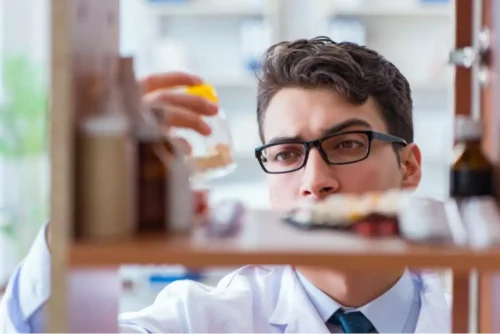
Alcohol is removed from the blood at a rate of about 3.3 mmol/hour (15 mg/100 ml/hour), but this varies in different people, on different drinking occasions, and with the amount of alcohol drunk.drunk. Alcohol’s impact on your body begins with the first sip, however long-term use of alcohol can take its toll on your body. A glass of wine a day isn’t going to do serious damage to your health, however, if it becomes a habit and you have a hard time stopping after one glass, the long-term effects begin to add up.
Short-Term Effects of Alcohol
- There’s no miracle diet by any means, but the Mediterranean diet, for example, can help fill some of the nutritional gaps you may have due to alcohol use.
- There’s nothing wrong with celebrating with an alcoholic drink here and there.
- That’s because your body already has processes in place that allow it to store excess proteins, carbohydrates and fats.
- ALDH metabolizes acetaldehyde to acetic acid (Figure 1.11), which is inactive.
It can be hard to find (or even know) the balance of how much alcohol your body is able to handle. If you’re not sure if your drinking crosses a certain line or not, try measuring your alcohol intake. There has been some research conducted on how abstaining from alcohol detoxifies your liver how alcohol affects the kidneys over time. Your gut microbiome is a hotbed of bacteria that help keep your digestive system happy and healthy. The trillions of microbes in your colon and large and small intestines are critical to proper digestion. They also help fend off inflammation and support healthy metabolism.
Drink fluids
“For patients who are left with cirrhosis after severe injury to the liver from alcohol, even one drink of alcohol is toxic to the liver,” cautions Dr. Lindenmeyer. If your liver has taken a hit from prolonged alcohol use, there are ways to give it — and the rest of your body — a break. Your body breaks alcohol down into a chemical called acetaldehyde, which damages your DNA. Damaged DNA can cause a cell to grow out of control, which results in cancerous tumors. When you drink too much alcohol, it can throw off the balance of good and bad bacteria in your gut. With continued alcohol use, steatotic liver disease can lead to liver fibrosis.
Overwhelming the alcohol metabolizing enzymes

In general, metabolites have less biological activity relative to the parent compound, although there are some exceptions to this rule, as we will see with ethanol. What equates to 1 drink depends on the size and type of alcoholic drink you have. You may be underestimating how much you drink because you (or your generous friend) aren’t using standard measurements.
Eventually, you can develop permanent and irreversible scarring in your liver, which is called cirrhosis. But when you ingest too much alcohol for your liver to process in a timely manner, a buildup of toxic substances begins to take a toll https://ecosoberhouse.com/article/should-you-have-relationships-in-recovery/ on your liver. The longer alcohol is in your body, the stronger the effect it has. Depending on the extent of liver damage you have, you may need to completely abstain from alcohol in order to give your liver the best chance for recovery.

Can I drink alcohol?
If you’re more of a moderate to occasional drinker, you may find the hardest part of stopping drinking to be the social pressures. Increasing consumption leads to a state of intoxication, which depends on the amount drunk and previous experience of drinking. In a simulated driving test, for example, bus drivers with a blood alcohol concentration of 10.9 mmol/l (50 mg/100 ml) thought they could drive through obstacles that were too narrow for their vehicles. Figure 1.12 Watch how alcohol is metabolized in the liver when it binds to the enzyme, ADH.
- Steatotic liver disease used to go by the name fatty liver disease.
- But a full detox is needed for the most benefit, and how much time that takes depends on a variety of personal factors.
- About 5-10% of alcohol in the body is eliminated through urine, while the majority, around 90-95%, is processed by the liver.
- If you do indulge over the holiday season, understanding how your body processes alcohol and how you can support it is the key to having a healthy holiday season.
- In addition, she is a wife, mother, and the successful founder and CEO of Amy Myers MD ®.
- When you drink too much alcohol, it can throw off the balance of good and bad bacteria in your gut.
- Acetaldehyde is a highly reactive and toxic substance, and in healthy people it is oxidised rapidly by aldehyde dehydrogenases to harmless acetate.

